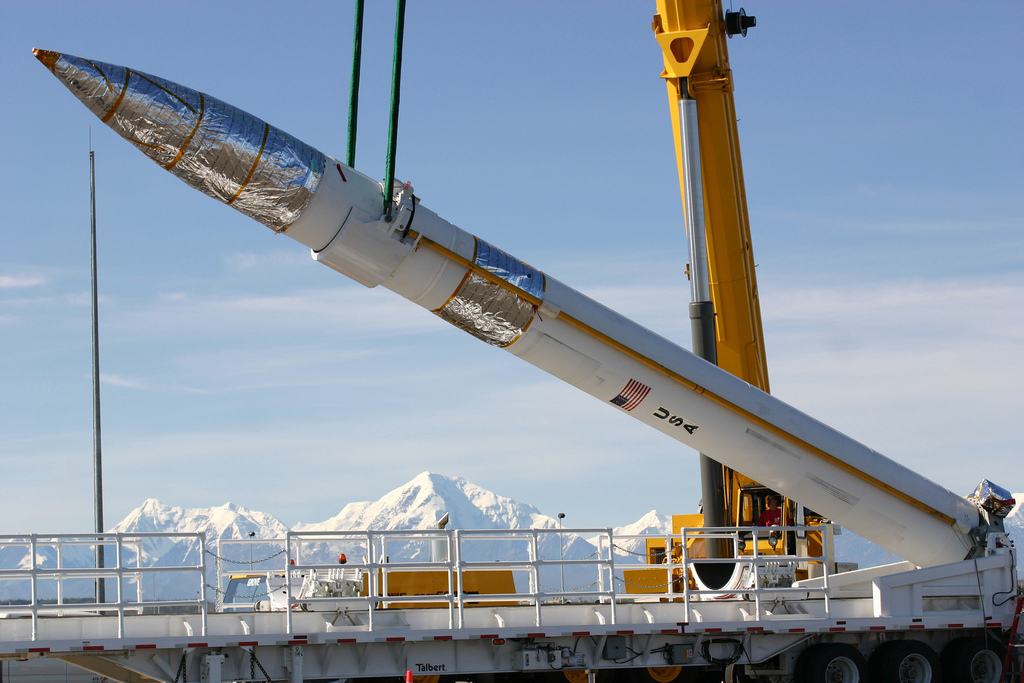
The new director of the Missile Defense Agency Vice Admiral James Syring called the test an overall failure.
The ground based missile defense system has a spotty record. The program has been around for decades. Critics dubbed it the “Star Wars program” when it was introduced during the Reagan Administration.
It’s been five years since there was a successful test.
Phil Coyle, a senior fellow with the Center for Arms Control and Non-Proliferation, once oversaw tests for the Department of Defense.
“That type of failure has occurred twice before in flight intercept tests,” he said of the most recent failure.
The Missile Defense Agency hopes to move ahead with its plan to add 14 new interceptor missiles to Fort Greely by 2017. That would bring the total in Alaska to 44.
Syring vowed the new missiles will be tested before they’re purchased, something that hasn’t always happened in the past with the ground based system.
At a hearing of the Senate Appropriations Subcommittee on Defense, Syring told Chairman Dick Durbin the country rushed to install the missile interceptor systems because of perceived threats. There are more weapons in the missile defense stable, including the more successful sea-based Aegis system.
Durbin said the government wastes money on the land based system by buying missiles before they’re proven to work. He called the move “flying before buying.”
“The deployment schedule was so demanding that there was deployment before development, deployment before proven test. And that was not the case when it came to Aegis?” he asked Syring.
“I would agree with that sir,” Syring responded.
Aegis is designed to intercept shorter-range ballistic missiles. The ground based interceptors in Alaska and California are designed to knock out long-distance missiles.
Syring told the panel his agency needs to continue testing the ground-based systems.
“We cannot stop testing. We must continue to test. We cannot wait another 4.5 to 5 years to test again,” he pleaded.
Each one of those tests costs more than $200 million. The agency plans two tests in the coming years. The next would be in March – and if that’s successful, Syring said the Agency would start buying missiles for Greely.
Syring said the Pentagon decided to expand the missile field in Alaska because of threats from North Korea.
Phil Coyle said neither North Korea nor Iran has the capability of hitting the U.S. with a long-range missile yet, and if either did, it’s unlikely they’d use it.
“Both Iran and North Korea have done some reckless things, but they’re not suicidal,” he said in a Wednesday phone interview. “And if they were to attack the United States or Europe, or in the case of North Korea, Japan, that would be really suicidal. It would justify the most massive retaliation you could imagine.”
While the missiles won’t arrive at Fort Greely for some time, construction work refurbishing missile field one is expected to begin this summer.
